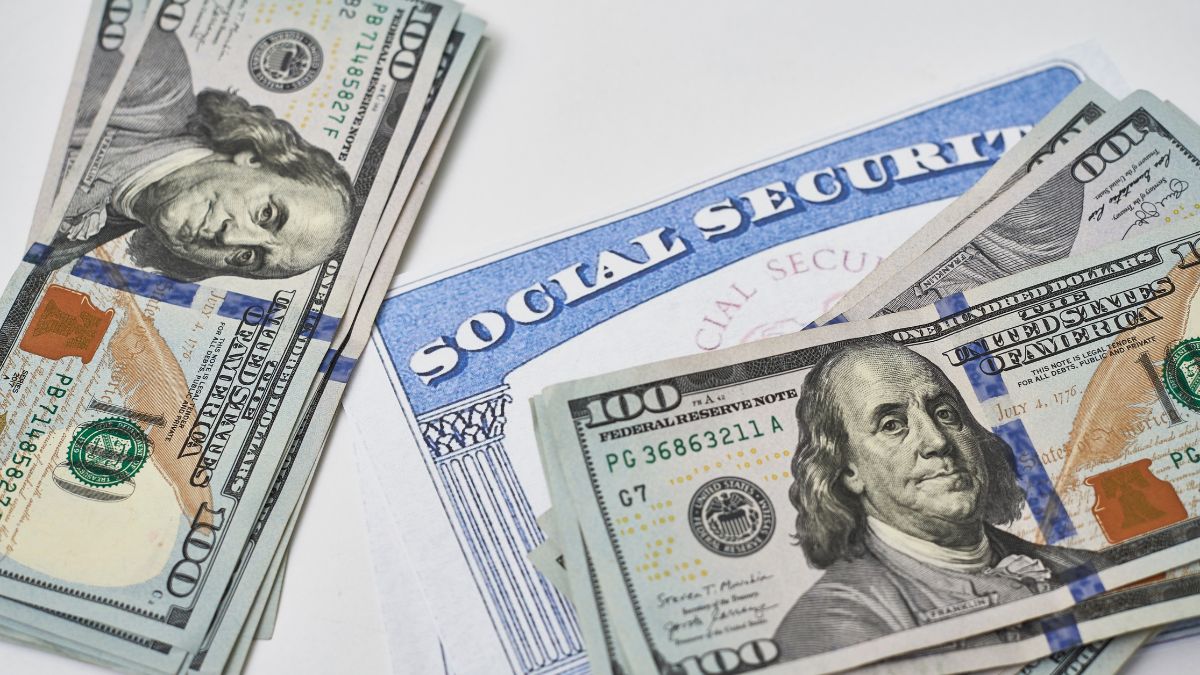The U.S. Department of the Treasury has announced that all federal benefit payments—including Social Security, SSI, and veterans’ benefits—will be made electronically by September 30, 2025. The move comes under Executive Order 14247, originally signed by former President Donald Trump, and marks a significant step in modernizing federal payment systems and reducing financial fraud.
This decision will impact millions of Americans, particularly senior citizens who still rely on traditional paper checks to receive their monthly benefits.
Most Have Already Transitioned, But 2 Million Still Use Paper Checks
According to the Treasury, more than 98% of Social Security recipients currently receive their payments via direct deposit or a Direct Express® debit card. However, an estimated 2 million people, primarily seniors, are still receiving their benefits through paper checks.
These individuals are now required to switch to electronic payment methods in order to continue receiving uninterrupted benefits. The federal government says this shift will improve efficiency, reduce fraud risk, and ensure faster access to funds.
Check Fraud Surge Accelerates the Push for Digital Payments
One of the primary reasons for this mandate is the rising threat of check fraud. In 2023 alone, the Financial Crimes Enforcement Network (FinCEN) reported an 84% increase in check-related fraud compared to the prior year. Paper checks are easier to intercept, alter, or steal, making them a weak link in benefit security.
By transitioning to electronic-only payments, the government aims to protect recipients from identity theft, payment delays, and scams that disproportionately target vulnerable populations.
Massive Cost Savings Through Digital Modernization
Beyond fraud prevention, the switch is expected to save the federal government more than $100 million per year in administrative costs. According to Treasury estimates, issuing a paper check costs roughly $1.05 more per transaction than processing an electronic payment.
Given that over 70 million federal benefit payments are issued each month, the savings over time are substantial. Treasury officials say the cost reductions will also allow for better resource allocation and improved public services.
Two Secure Electronic Options Available to All Recipients
To comply with the mandate, beneficiaries must choose between two federally approved digital payment options:
| Electronic Payment Method | Description |
|---|---|
| Direct Deposit | Deposits funds directly into a recipient’s checking or savings account at any U.S. bank or credit union. |
| Direct Express® Card | A prepaid debit card issued by the Treasury for those without a bank account. Offers FDIC insurance, no monthly fees, and can be used for purchases, ATM withdrawals, and balance checks. |
Both methods are considered safe, fast, and federally compliant, offering more convenience and security than paper checks.
How to Enroll in Electronic Payments
The government has made the enrollment process simple and accessible. Recipients can sign up for electronic payments through the following three channels:
- Online:
Visit GoDirect.gov to enroll in direct deposit or request a Direct Express® card. - By Phone:
Call the Go Direct helpline at 1-877-874-6347 for step-by-step assistance. - By Mail:
Download and complete the direct deposit enrollment form, then send it to the Treasury using the address listed on the form.
To complete enrollment, you will need:
- Your Social Security number
- Bank account number (if choosing direct deposit)
- Routing number
- Recent benefit payment information
What Happens If You Don’t Comply by the Deadline?
Recipients who do not make the switch by the September 30, 2025 deadline may experience delays in receiving their benefits. Although limited exceptions may be made for individuals with severe disabilities or no banking access, the government has made it clear that most recipients must comply.
The SSA, Treasury, and related agencies are working to ensure nationwide awareness and support, especially for older adults and those with limited digital access.
Who Will Be Affected by This Change?
The mandate covers a broad range of federal benefit programs, including:
| Program | Type of Benefit |
|---|---|
| Social Security (RSDI, SSI) | Retirement, Disability, and Survivors Insurance; Supplemental Security Income |
| VA Benefits | Disability or retirement benefits for veterans |
| Railroad Retirement | Retirement or survivor benefits for former railroad workers |
| IRS Tax Refunds | Federal tax refunds issued by the Internal Revenue Service |
In total, these programs serve tens of millions of Americans across all age groups and income levels.
Act Now to Avoid Last-Minute Disruptions
With just a few months left before the deadline, government agencies are urging remaining paper check recipients to act now. The SSA is launching public service campaigns, local field offices are conducting outreach, and nonprofit organizations are partnering to assist vulnerable communities.
Taking action early will help ensure seamless payment delivery and avoid processing issues closer to the deadline.
A Nationwide Shift Toward Digital Government Services
The mandatory switch to electronic payments is part of a larger modernization effort to digitize federal benefit systems. By phasing out outdated processes, the U.S. government aims to create a more secure, cost-effective, and user-friendly payment infrastructure.
Officials stress that this initiative is not about taking away benefits, but rather about enhancing the reliability and safety of how those benefits are delivered.
